All about the best vegan protein sources and how to use them. Learn how to get enough protein on a plant-based diet.
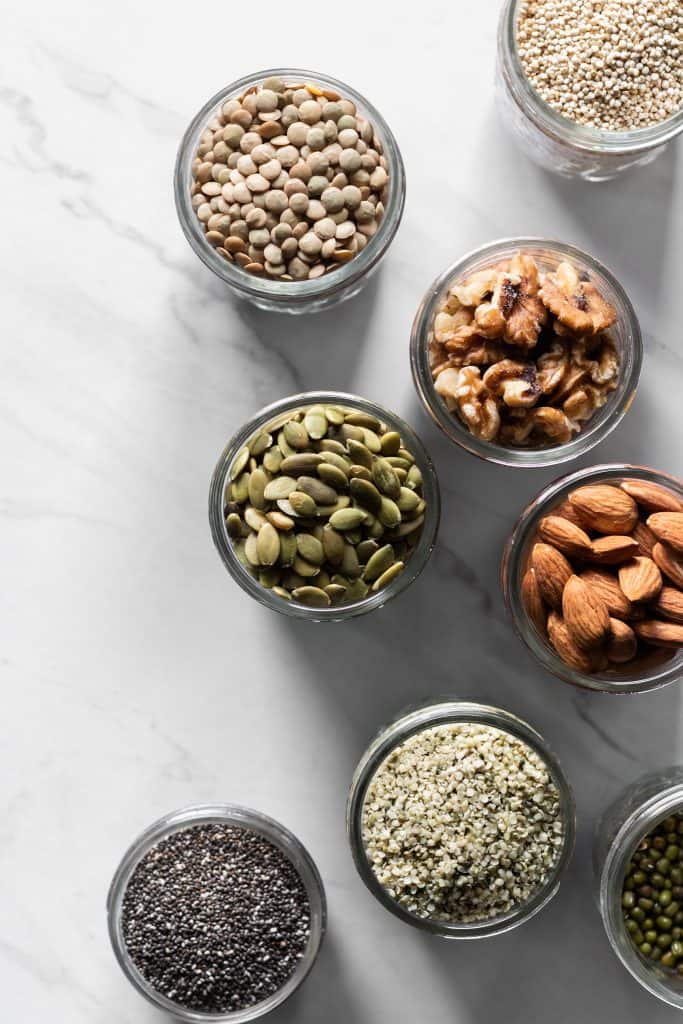
If you have ever wondered how to get enough protein on a vegan or vegetarian diet, you’re not alone.
As a vegetarian dietitian, one of the questions I get asked the most is “how can I get enough protein on a plant-based diet?”.
The truth is, there are plenty of sources of plant-based protein and most people can easily meet their needs with a varied diet. It’s simply a matter of learning what those sources are, how to use them and being mindful of eating some of those foods daily.
Variety is important in any diet pattern, including a vegan diet. It’s the key to getting all the nutrients you need in a day. That being said, here are the best vegan protein sources.
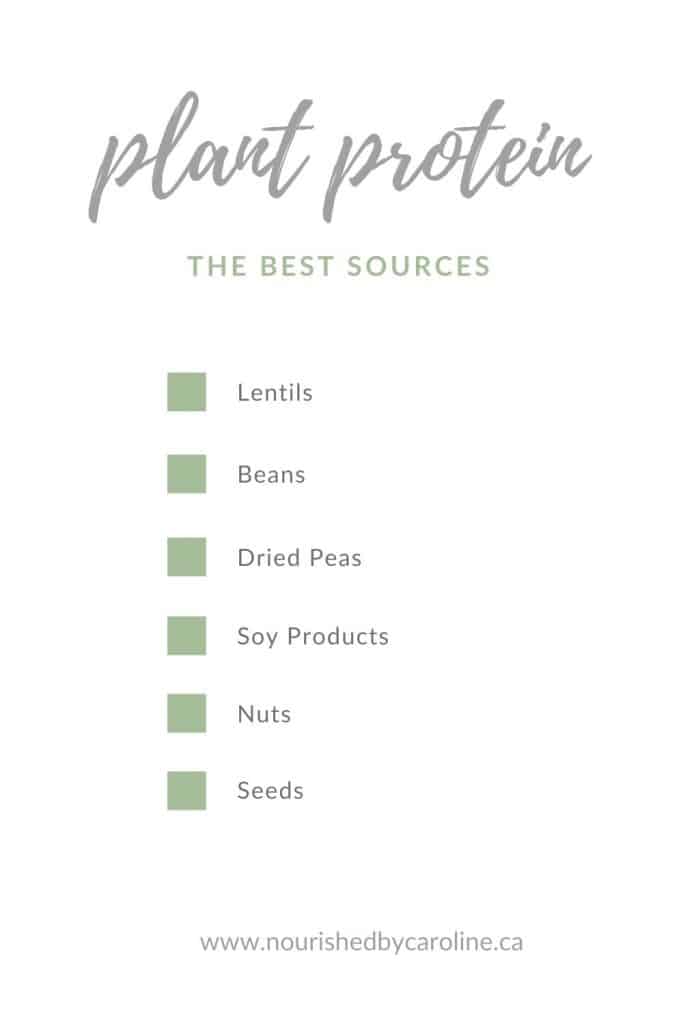
Vegan Protein Sources:
Lentils
Lentils are packed with fiber and plant protein, plus they’re versatile and inexpensive. There are several types of lentils, which can be used in a variety of ways. They include red, green, brown and French lentils.
A small 1/2 cup serving offers 9g of protein (and 8g of fiber!).
Tip: Keep a few cans of lentils on hand for a quick option. However, unlike most legumes, lentils don’t require soaking before cooking. Add them to soups, pasta sauce, curries, salads and more.
Recipes Using Lentils
- Basic Pantry Vegetarian Chili
- Simple Lentil Soup
- Roasted Cauliflower Lentil Curry
- Simple Lentil Taco Meat
Beans
Beans are similar to lentils in many ways. They’re a great source of fiber and plant-protein, offering about 8g of protein per 1/2 cup serving.
There are countless types of beans, the most common varieties being black beans, kidney beans, white beans and pinto beans.
Tip: For a quick option, keep some canned beans on hand. Just drain and rinse before using. Dried beans are a great option, but will require a bit more planning. If you cook dried beans, try cooking a large quantity, then storing some in the freezer for later use.
Recipes Using Beans
- Pinto Bean Veggie Enchiladas
- Late Summer Vegetarian Tex-Mex Casserole
- Italian Bean & Vegetable Soup
- Quick Lunchbox Southwestern Quinoa Salad
- Easy Black Bean Burger
Dried Peas
Many think of peas as vegetables, but they’re actually a type of legume. Fresh peas are lower in protein, but dried split peas, chickpeas and black eyed peas pack a good 8g of protein in a 1/2 cup serving.
Tip: Just like beans, you can find canned chickpeas for a quicker option. Use chickpeas in any hummus or roast them for a great snack or salad topper.
Recipes Using Dried Peas
- Basic Falafels
- Vegan Caesar Salad with Chickpea Croutons
- Classic Lemon Garlic Hummus
- Cozy Vegetarian Pot Pie with Black Eyed Peas
Soy Products
Soy is another type of legume that’s used in many plant-based meat alternatives, including tofu, tempeh, edamame and soy milk. It’s also the base of many plant-based “meats”. Soybeans contain over 14g of plant protein in 1/2 cup, making it higher in protein than other legumes.
Tip: Trouble digesting beans? Soy may be easier to digest for some, especially tempeh, which is fermented. If you don’t like tofu, try it in a variety of recipes and see the difference. It changes dramatically depending on the way it’s used.
Recipes Using Soy Products
- Coconut Curry Ramen with Crispy Tofu
- Soft Tofu Scramble
- Nourishing Banana Oat Smoothie
- Vegan Caesar Salad with Tempeh and Sweet Potatoes
- Meal Prep Sesame Tofu Bowl
- Nourishing Protein Quinoa Bowl
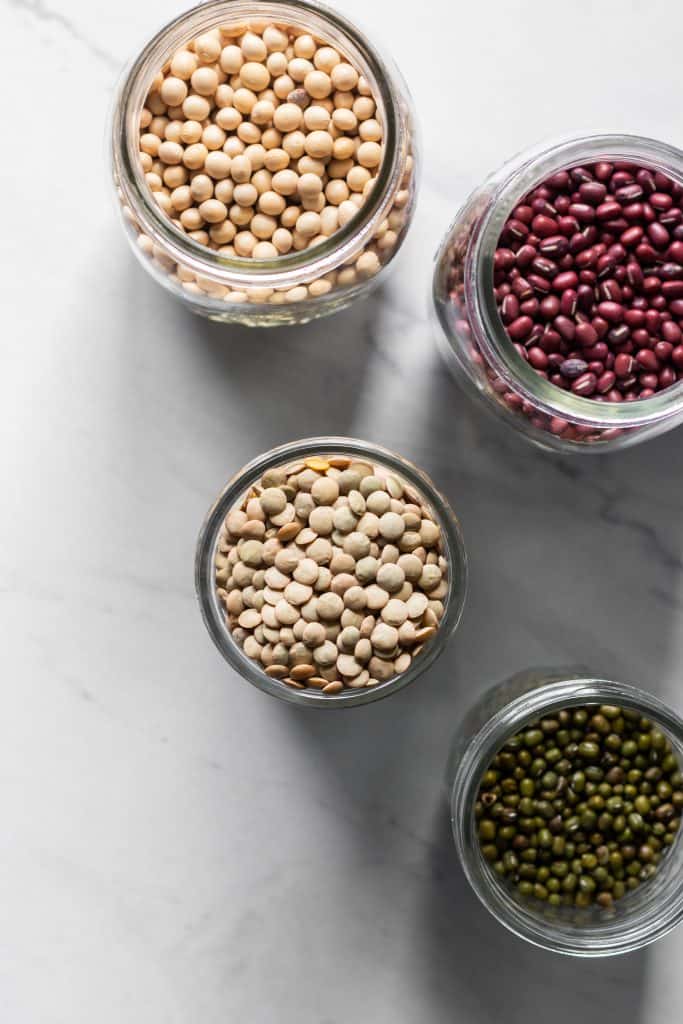
Nuts and Nut Butters
Nuts are a good source of plant-based protein, fiber and healthy fats. There are many nuts to choose from, including almonds, cashews, pecans, walnuts and more. You can also choose nut butters, such as almond butter or cashew butter.
The amount of protein found in nuts will vary per type. In average, nuts contain about 5g protein per 1/4 cup and nut butter contains about 4-6g of protein per 2 tablespoons.
Note that peanuts are also a good source of plant protein, but they’re technically a legume, not a nut.
It’s also important to note that unlike soy milk, nut milks are not a good source of protein.
Tip: Try snacking on roasted nuts instead of raw nuts as it will improve the flavor, without adding salt or fat. Toasted nuts are also a great addition to any salad.
Recipes Using Nuts and Nut Butters
- Pecan Chocolate Chip Cookie Bites
- Easy Vegan Mac and Cheese
- Blender Almond Hot Cocoa
- No-Bake Walnut Granola Bars
- Blueberry Banana Almond Muffins
Seeds and Seed Butters
Like nuts, seeds and seed butters are good sources of plant protein, fiber and healthy fats. They all vary slightly in the types of fats they contain, so make sure to include a variety in your diet.
Great options includes chia seeds, hemp hearts, flax seeds, sunflower seeds and pumpkin seeds. Sunflower seed butter is also a great alternative to peanut butter if you have a nut allergy.
Seeds such as hemp and chia will offer about 9g of protein per 3 tablespoons. Pumpkin seeds on the other hand will have about 10g per 1/4 cup.
Tip: Seeds are very easy to add to your diet. Sprinkle hemp hearts on anything from salads to soups and smoothies. Add chia seeds and flax seeds in smoothies or oatmeal. Sprinkle sunflower seeds and pumpkin seeds on salads or use them in granola bars. Tahini (sesame seed butter) is also great to make sauces or dressings.
Recipes Using Seeds and Seed Butters
- Basic Chia Overnight Oats
- Cherry Chia Jam
- Blueberry Flax Oatmeal
- No-Bake Seedy Granola Bars
- Tempeh Kale Salad with Tahini Dressing
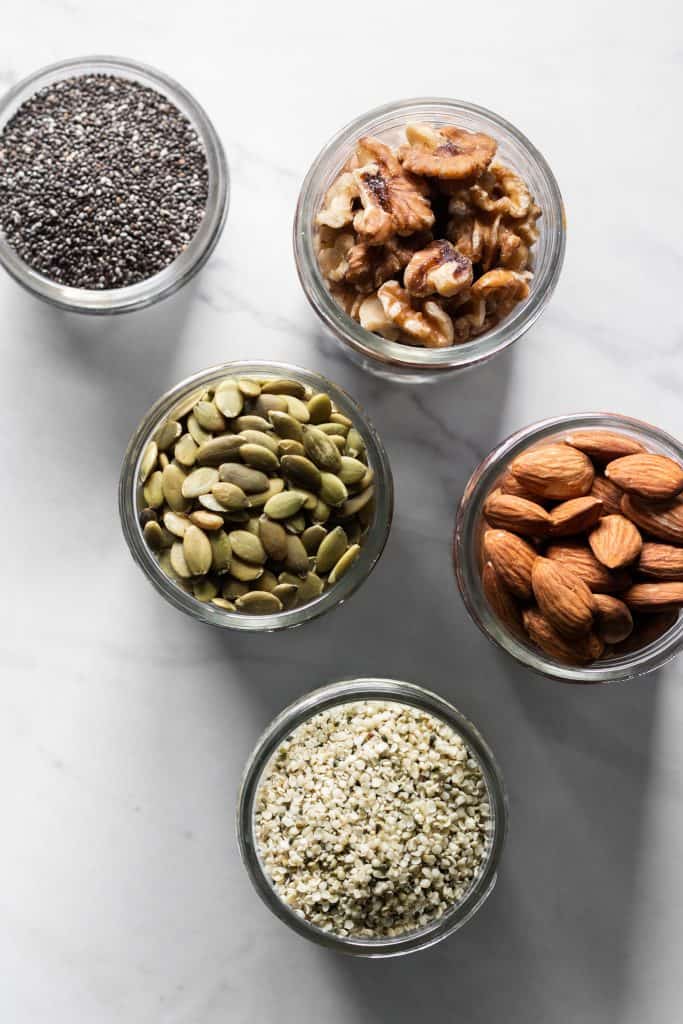
A Note on Grains
We may not think of grains as a source of protein, but the truth is, they do contain some plant protein. Grains include rice, oats, quinoa, bread, pasta and more. Choose whole grains when possible for more fiber and to promote satiety.
While grains aren’t as high in protein as other plants in this list, they do offer about 4g of protein per 1/2 cup (cooked). This will vary with every type of grain.
Tip: Include fiber-rich grains with most of your meals to offer some carbohydrates and protein and promote satiety.
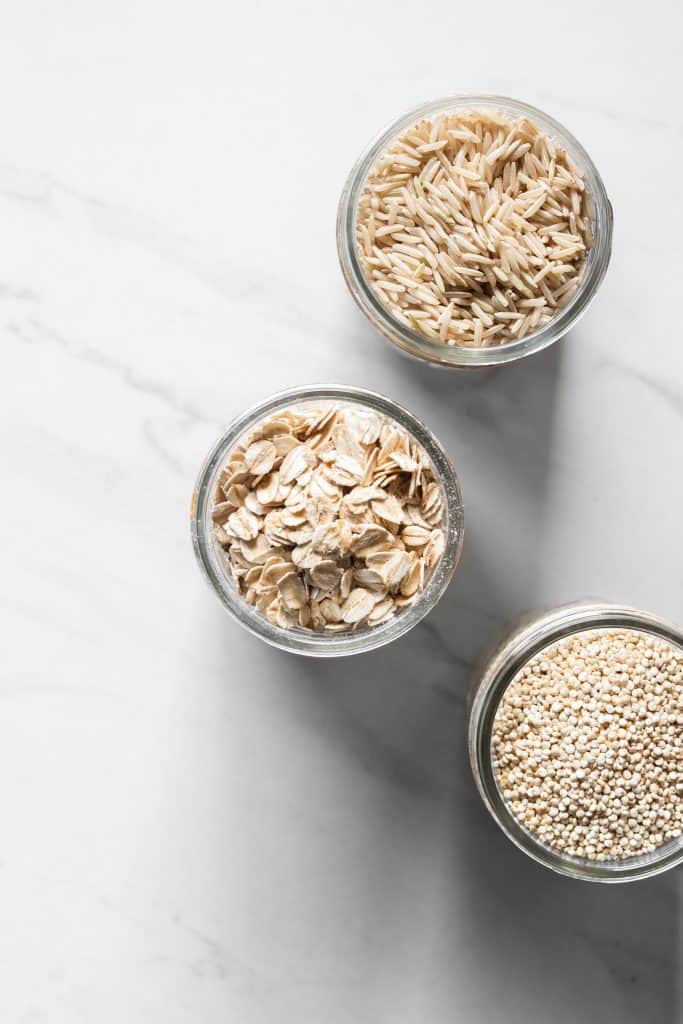
Quick Tips to Get Enough Protein on a Plant-Based Diet
- Eat enough. If you restrict your diet significantly, in the case of dieting for example, it will be more difficult to get adequate protein.
- If you drink plant-based milks, choose soy milk. Unlike nut or oat milk, soy milk contains protein in similar amounts to cow’s milk.
- Eat a variety of foods every day. Some plant-based sources of protein may not contain high amounts on its own (such as gains), but when eaten in a varied diet with other protein sources, you can easily get all the protein you need.
- Include sources of plant protein with every meal and snack. This could be peanut butter and soy milk at breakfast, nuts or seeds with a snack, beans and grains at lunch and tofu with dinner.
- You don’t need to eat legumes, nuts and seeds, plus grains at every meal. However, try to eat some of each daily.
Looking for more ways to use plant proteins? You can find my Cooking with Legumes eBook here, which is packed with 50+ legume recipes and nutrition tips.
This information is intended for educational purposes only and is not meant to replace individualized nutrition or medical advice.
Protein amounts source: USDA food composition database.
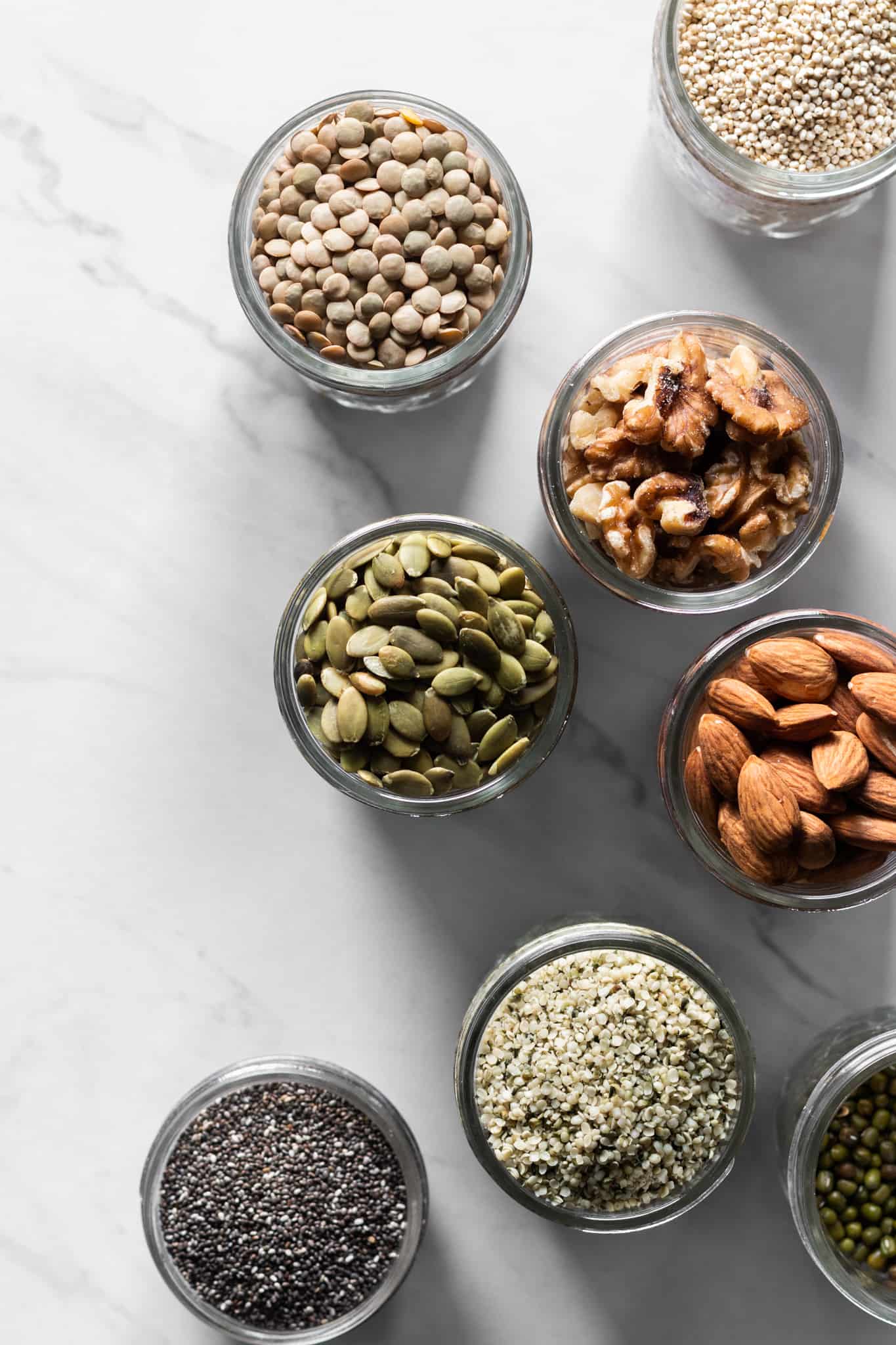

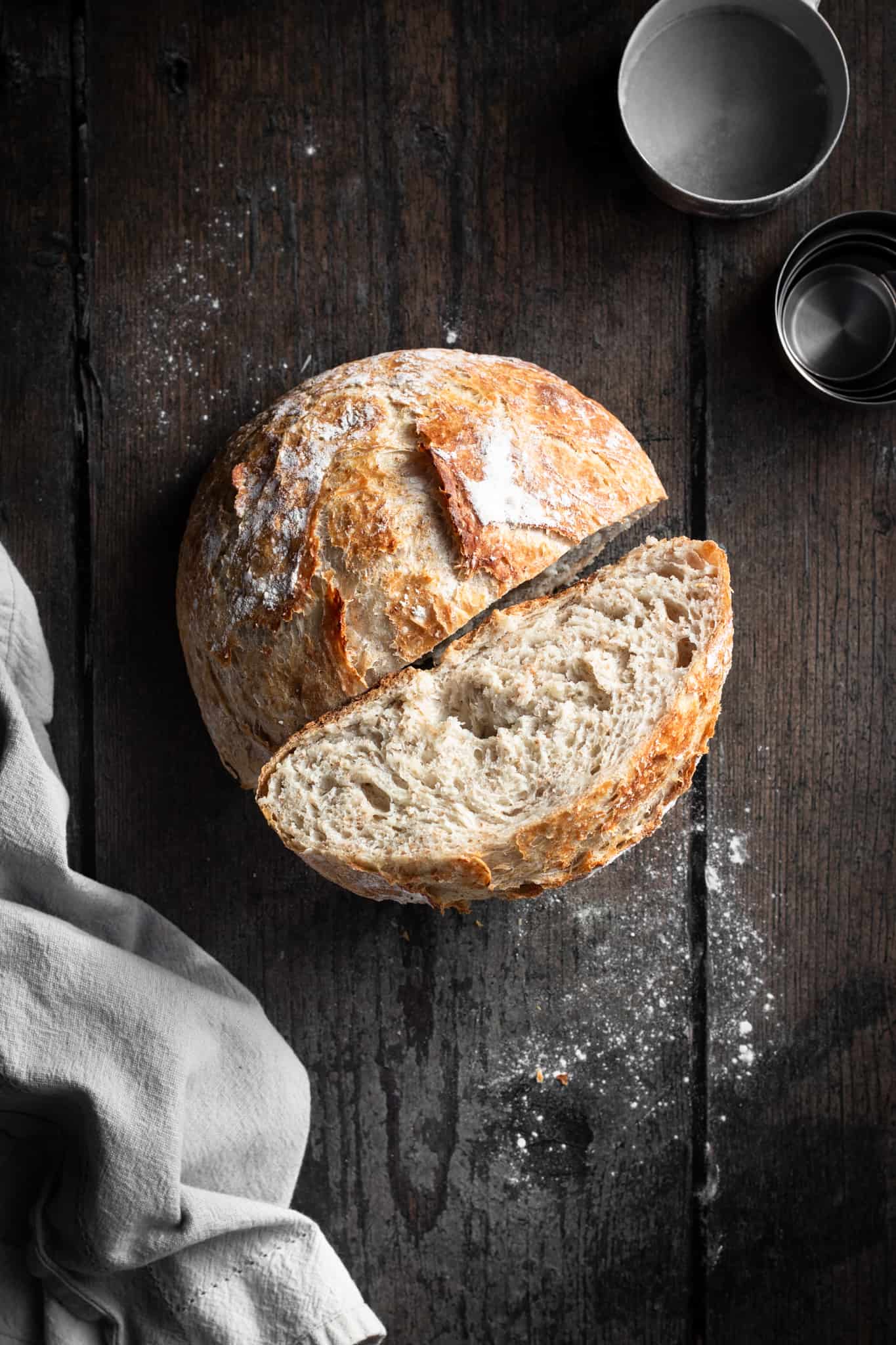
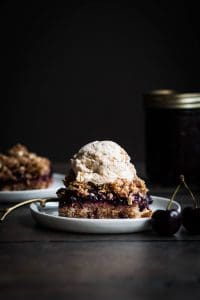
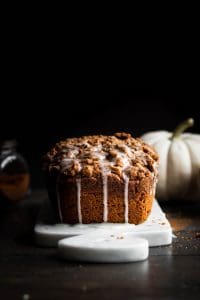
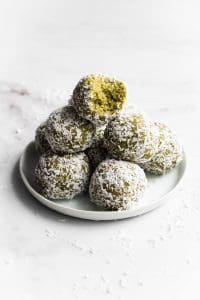
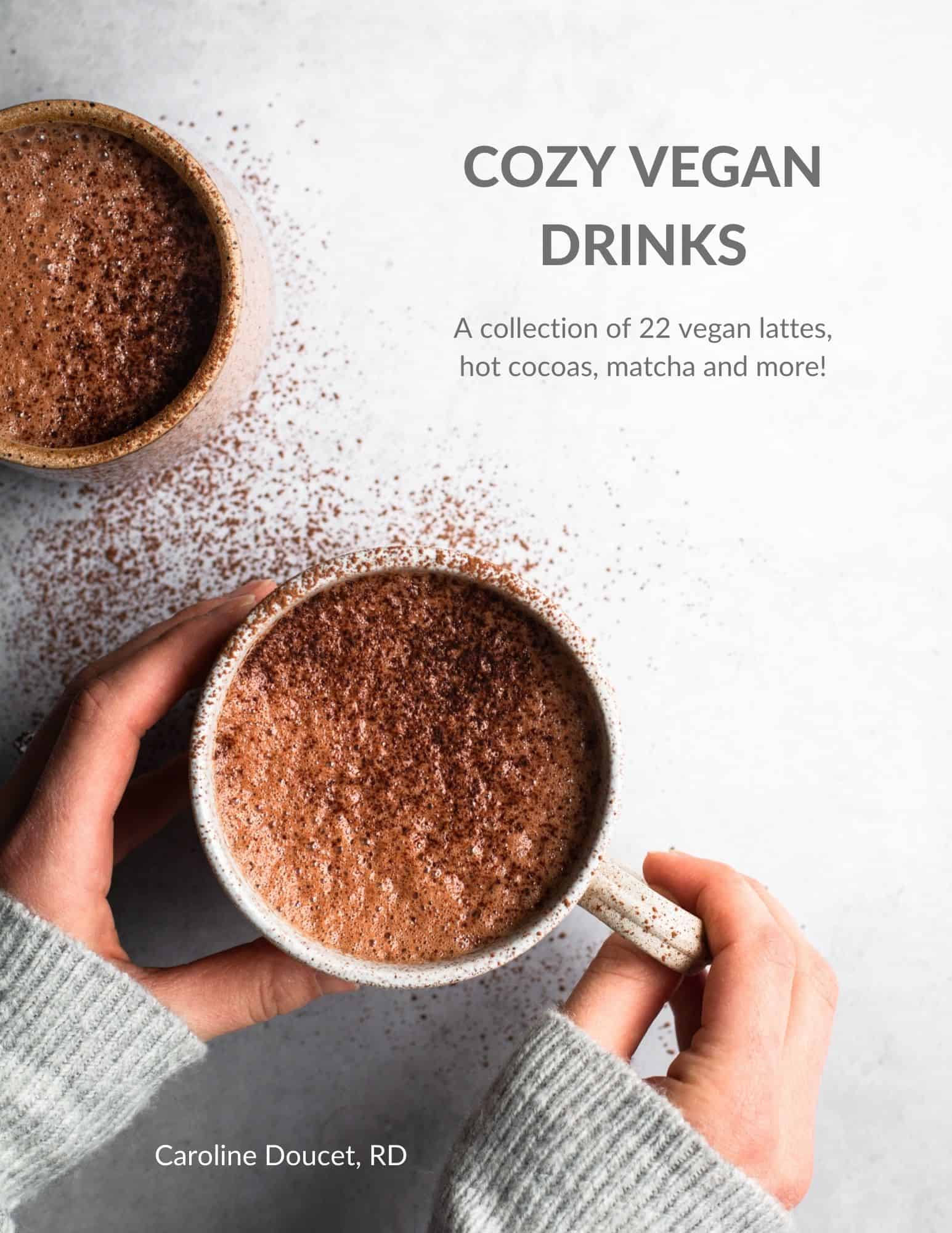
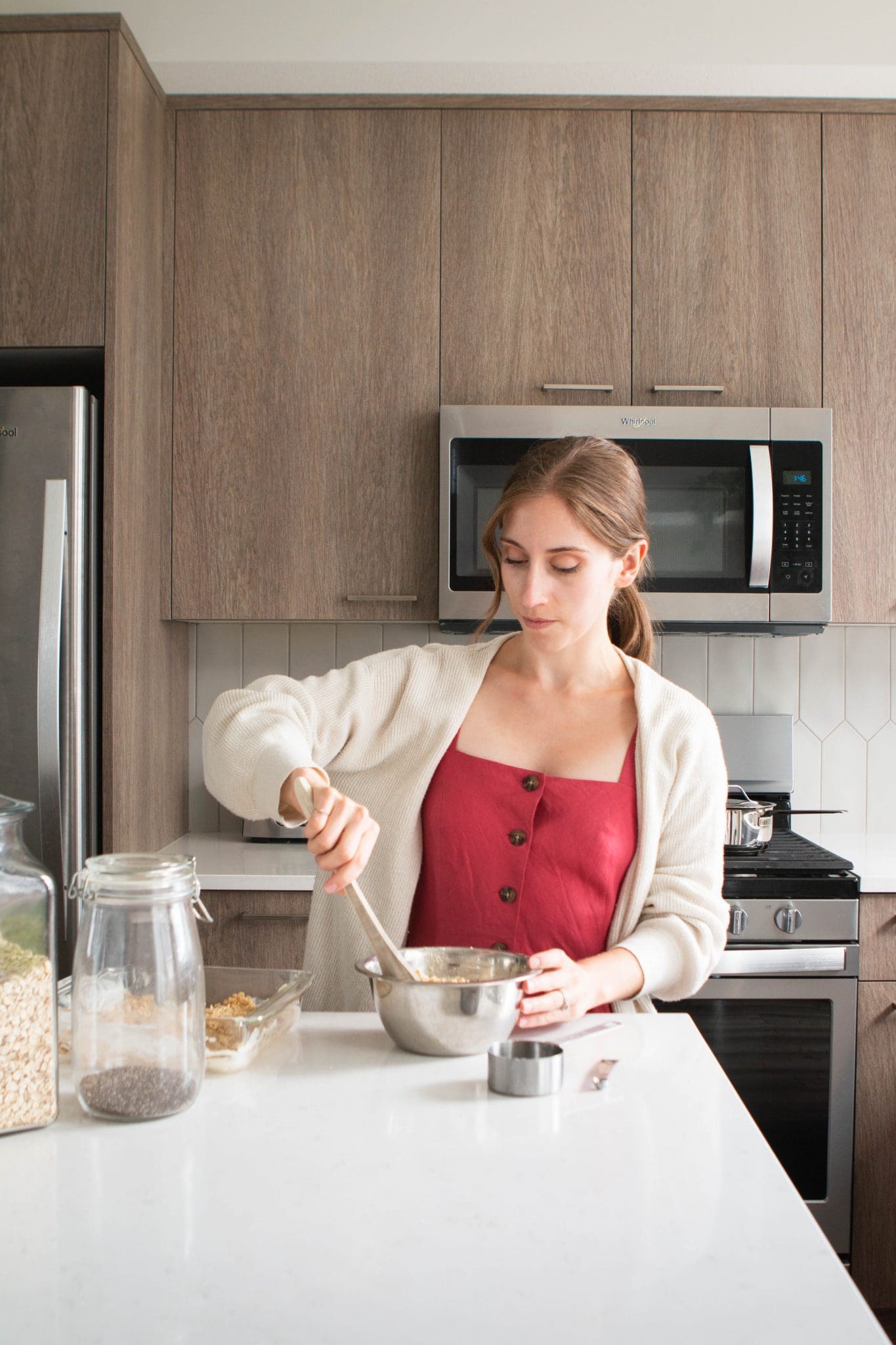
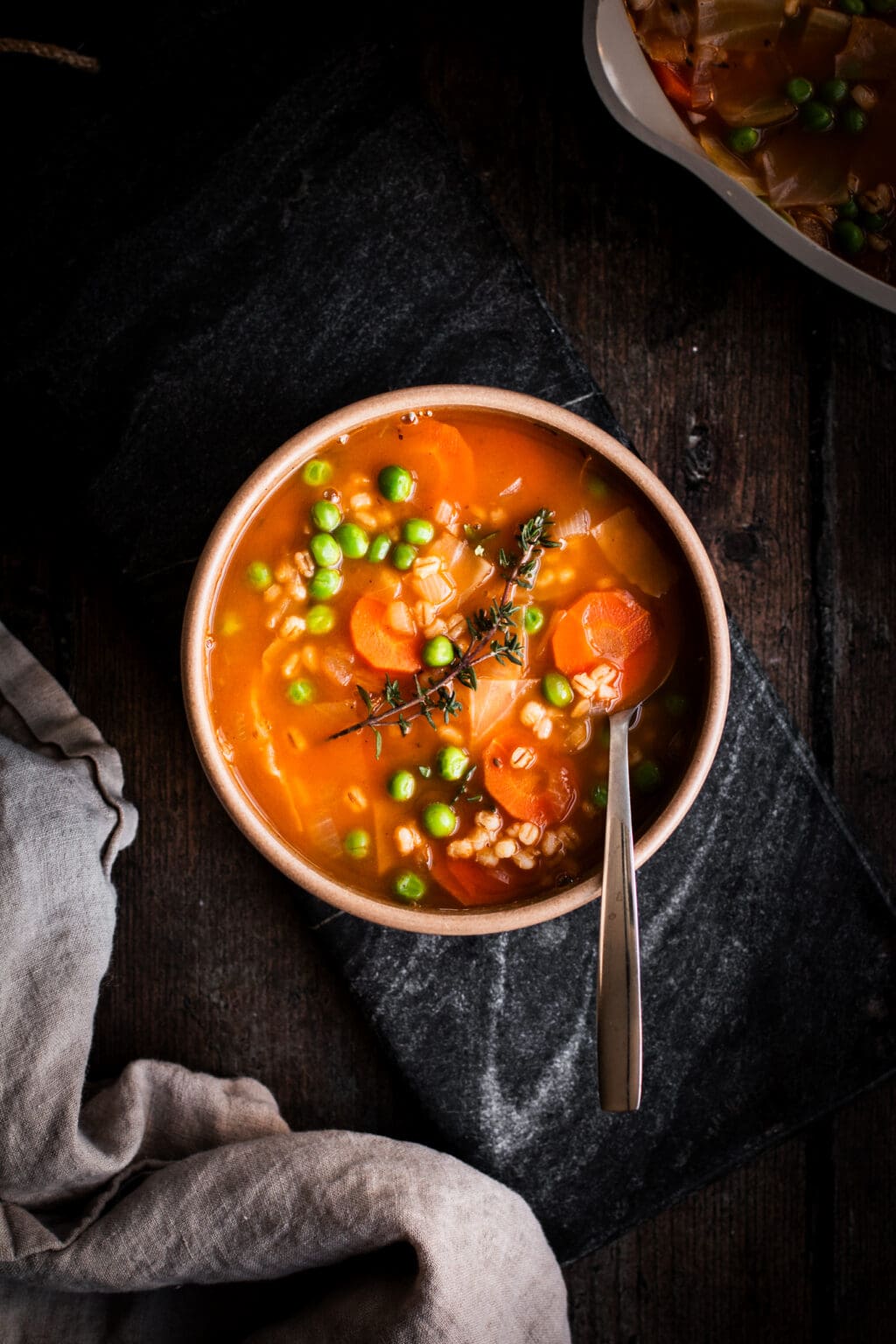
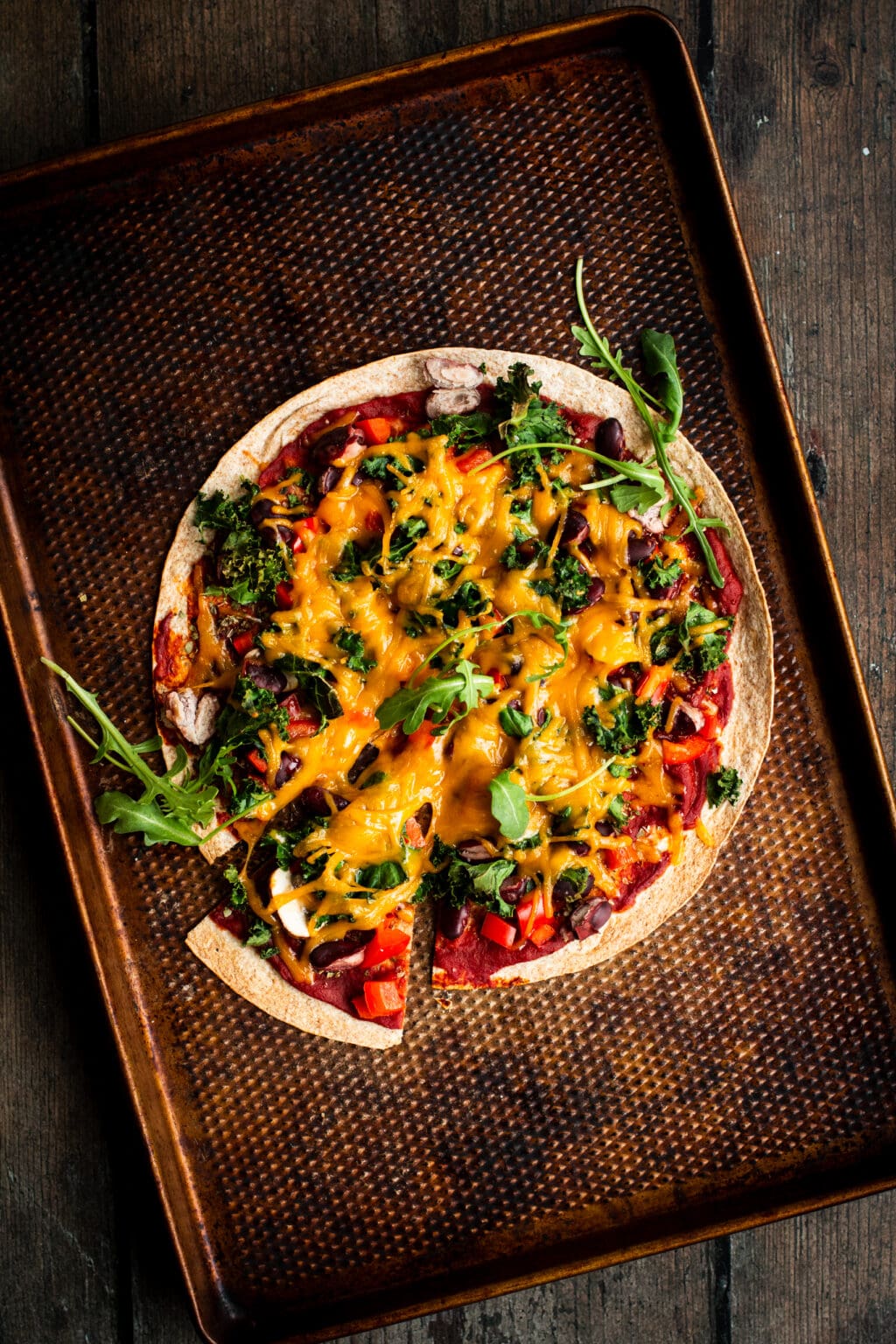
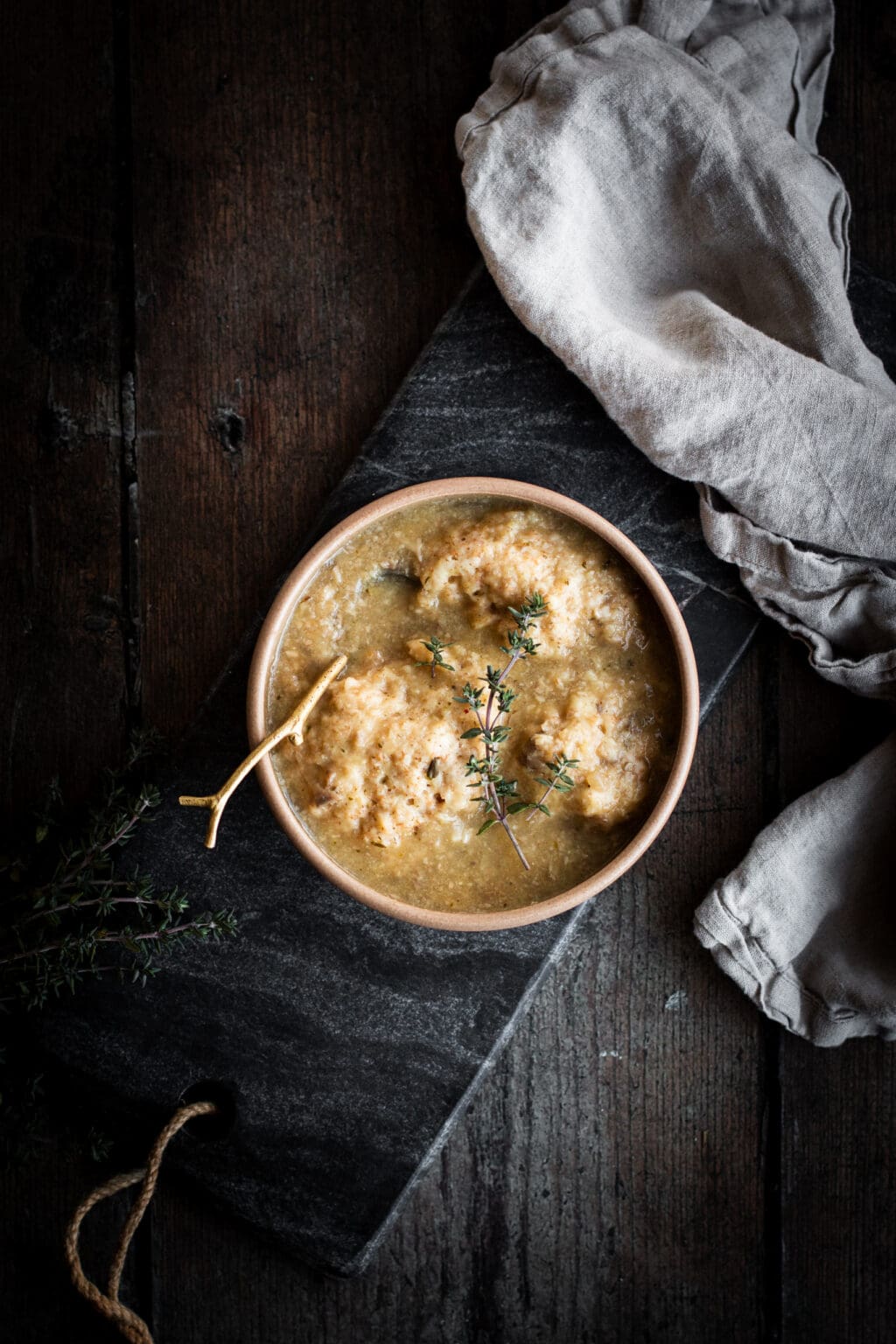
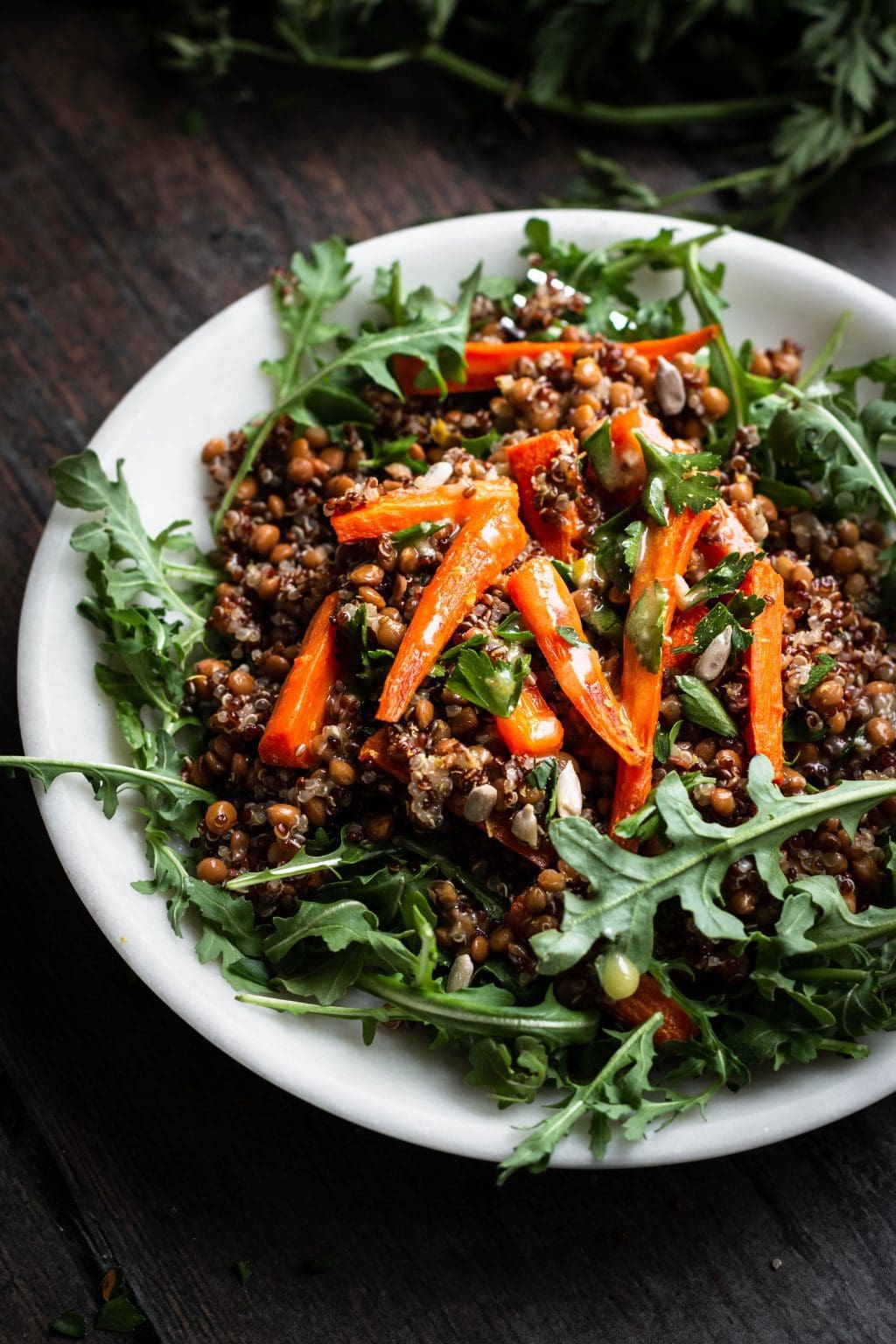
Leave a Reply